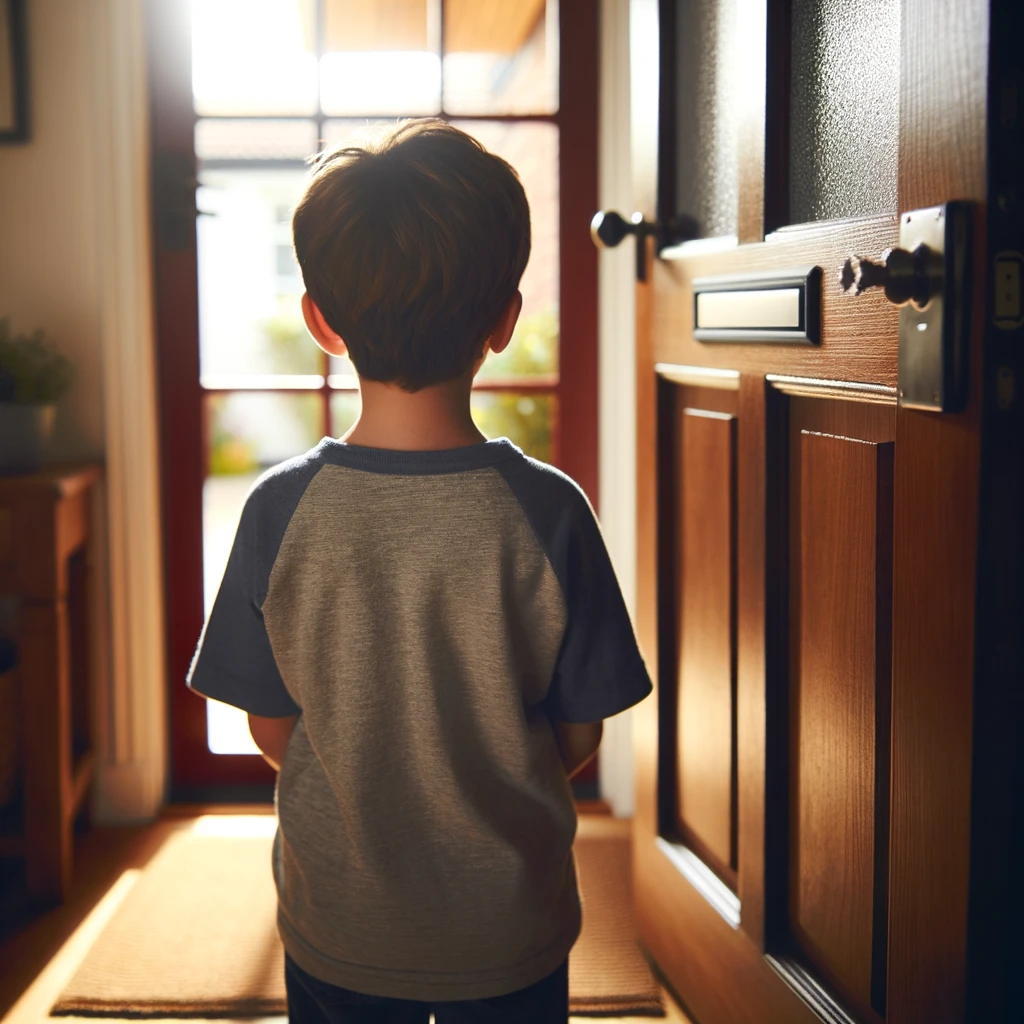As a mother to an incredible autistic son, navigating the social aspects of life have been a challenge for as long as I can remember.
We’re all aware that for children on the autism spectrum making friends and developing social skills can often be fraught with difficulties.
Yet, I am pleased to say that with patience, understanding we’ve made significant strides.
Here’s our story and the strategies that have made a difference.
Helping my son with ASD make friends
Where to start?
I suppose the first step was understanding how my son perceives and interacts with the world around him.
Kids like Mikey often experience sensory difficulties and might struggle with social cues and communication.
By stepping into his shoes, I began to see the social world in a completely different light. It is that grasp on reality that it can be overwhelming and confusing.
Creating a safe environment
We started by creating a safe, accepting environment at home where he could be himself.
This foundation of comfort and understanding helped him to become more social around us.
It’s where he can be himself and not feel pressured by societies expectations.
It’s also where we practice social interactions in a low-stress setting.
Day to day
We incorporated social skills training into our routine.
My husband and I focused on areas such as recognising emotions, understanding body language, and learning conversation starters.
Role-playing was particularly effective, allowing him to practice and gain confidence in a controlled environment.
Practical examples would be using toys or stuffed animals to pretend to be interacting.
Regularly explaining that a favourite toy was ‘sad’ or ‘hungry’ went some way to get Mikey to see the world from other people’s shoes.
At home we’d also practice greetings when people were coming over and rehearse those first few moments.
Again using toys we could pretend that one was Mikey and the other was our guest. “Knock, knock, knock” we would say while waiting behind a door.
Then it would be down to Mikey’s toy to open the door and initially just say hello.
From there we expanded to asking the ‘guest’ how they were today.
After perfecting this roleplay we tried it with real guests, not always to immediate success but over time it became more natural.

Shared interests
Choosing a potential friendship group is more than just their attitudes and acceptance. Something which we found really important was children with similar interests to our son.
Practically this meant children who enjoyed playing computer games and toy cars.
Fortunately both these past times are common but it certainly helped seeing our son pay interest in what other children were playing with.
Branching out
We then started organising small, structured playdates with one or two children at a time, carefully choosing peers who showed understanding and patience.
During these playdates, I would sometimes facilitate activities to ensure they were engaging and provided opportunities for positive interactions.
Looking for a group of peers who would be appropriate for sessions such as this was crucial.
We started with cousins but developed it from there.
Another helpful group was a Sunday club at a local community centre. This was aimed at children with special needs and we found it to be a pressure free environment to practice.
Celebrate small wins
It was important to take stock of improvements along the way.
Every step forward was a victory, no matter how small.
Whether it was initiating a conversation, making eye contact, or simply expressing a desire to play with a peer, we celebrated it.
This positive praise helped build his self-esteem and encouraged him to keep trying.
Misc
Navigating this journey wasn’t something we did alone. We sought support from therapists, teachers, and other parents of autistic children.
This network provided us with valuable insights, strategies, and, importantly, the understanding that we weren’t alone.
We also learned to be flexible, understanding that not every strategy would work and that progress isn’t always linear.
There were setbacks, but they were part of the learning process for both of us.
Summary – Helping our autistic child make friends
Today, my son has a small but meaningful circle of friends. He’s learned how to engage with others in ways that are comfortable for him.
Mickey continues to grow and develop his social skills at his own pace.
Our journey has taught us that friendship for autistic children doesn’t always look the way it might for others.
But with the right support, understanding, and strategies, these children can forge meaningful connections.
It’s not about changing who they are but about understanding and embracing their unique perspective on the world.
Through this journey, I’ve not only helped my son make friends but also learned the true meaning of acceptance and the beauty of seeing the world through a different lens.

